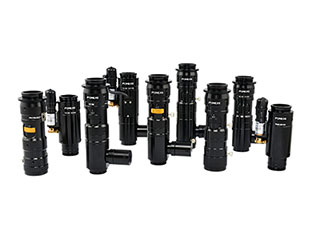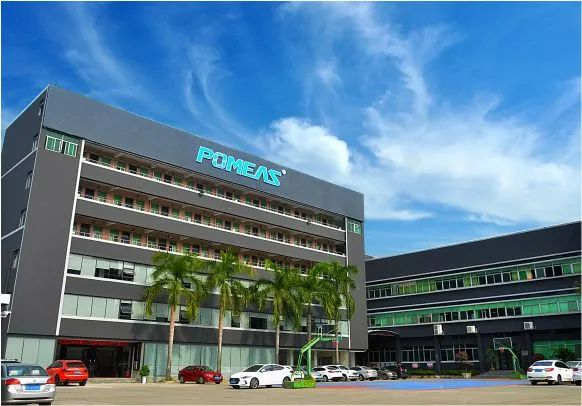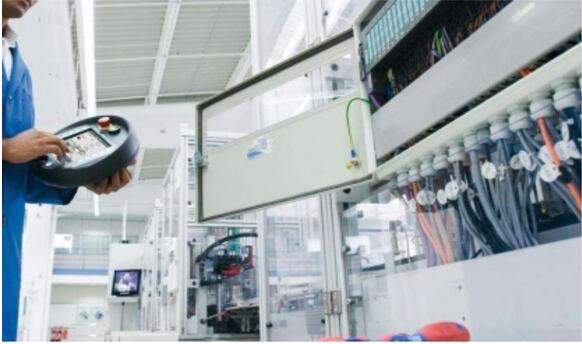In the machine vision system, although both telecentric zoom lens and conventional 0.7x-4.5x lens can realize the magnification adjustment, due to the different optical design concepts, there are essential differences in the measurement accuracy, applicable scenes, performance parameters, etc. The specific differences are as follows:


I. Differences in Optical Principles
The core difference between the two stems from the design of the “light reception method”, which directly affects the stability of imaging and measurement reliability:
1. Telecentric zoom lens: Eliminate parallax by “telecentricity of object”, suitable for precision measurement.
Telecentric zoom lenses receive light only parallel to the optical axis (object-side telecentric characteristic) by means of a special optical structure (e.g., a built-in aperture diaphragm located in the focal plane of the lens image).
2. Conventional 0.7x-4.5x lenses: focus on flexibility of field of view, allowing for some margin of error
Ordinary zoom lens by adjusting the lens group spacing to change the magnification, light reception angle is wider (including oblique light), imaging by the object distance is more affected.
II. Comparison of Performance Parameters and Applicable Scenarios
1. telecentric zoom lens: usually narrower (e.g. 0.5X-1X), priority to ensure the stability of the telecentric characteristics; larger (need to accommodate complex optical structures), higher cost; used in precision measurement (such as dimensional, angular, positional detection), suitable for ±0.001mm level of high-precision needs. 2. 0.7x-4.5x lens: a wider range (e.g. 0.75X-4.5X), focusing on covering more sizes; compact, lower cost (about 1.5x the cost of telecentric lenses).
2. 0.7x-4.5x lenses: wider range (e.g. 0.75X-4.5X), focusing on covering more sizes; compact structure, lower cost (about 1/3-1/2 of telecentric lenses); appearance inspection (e.g. scratches, stains identification); suitable for general accuracy needs of ±0.01mm level and above.
III. Selection Decision
If the scene involves quantitative measurement (e.g., part size, hole diameter, spacing) and requires an error of <0.005mm, choose a telecentric zoom lens to eliminate the effects of parallax and aberration; if only qualitative inspection is required (e.g., whether there is a leakage of mounting, whether the surface is broken or not), the wider range and lower cost of 0.7x-4.5x lenses are more advantageous.


POMEAS has been working in the field of machine vision for more than 10 years, we can provide customized options of telecentric zoom lens and normal zoom lens according to your inspection accuracy requirements, object size range and budget, so that the system performance can be precisely matched with the scene requirements. Contact us to get exclusive technical support.
Product recommendation
TECHNICAL SOLUTION
MORE+You may also be interested in the following information
FREE CONSULTING SERVICE
Let’s help you to find the right solution for your project!


 ASK POMEAS
ASK POMEAS  PRICE INQUIRY
PRICE INQUIRY  REQUEST DEMO/TEST
REQUEST DEMO/TEST  FREE TRIAL UNIT
FREE TRIAL UNIT  ACCURATE SELECTION
ACCURATE SELECTION  ADDRESS
ADDRESS Tel:+ 86-0769-2266 0867
Tel:+ 86-0769-2266 0867 Fax:+ 86-0769-2266 0867
Fax:+ 86-0769-2266 0867 E-mail:marketing@pomeas.com
E-mail:marketing@pomeas.com
